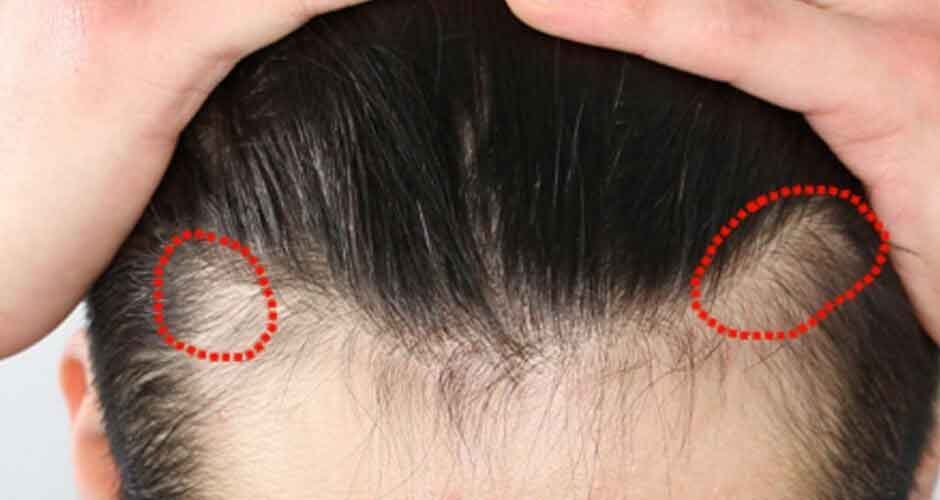Traction alopecia occurs due to repetitive pulling or tension on the hair follicles. This condition is often the result of hairstyles that involve tight braids, ponytails, weaves, or extensions. While mild cases of traction alopecia may be reversible with changes in hairstyling practices, more severe cases may require medical intervention. This article will explore surgical medical options for traction alopecia treatment, focusing on techniques that can help restore hair and address the aesthetic concerns associated with this condition.
1. Hair Transplantation: A Permanent Solution
Hair transplantation is one of the most effective surgical options for addressing traction alopecia, especially in advanced cases where hair loss is permanent. There are two primary procedures for hair transplantation:
Follicular Unit Transplantation (FUT): FUT involves extracting a strip of skin possessing healthy hair follicles from the back or sides of the scalp. The extracted follicles are then carefully transplanted into the affected areas, helping to restore natural hair growth. FUT is considered a reliable option for traction alopecia cases where the hair loss is extensive, and other non-surgical methods have proven ineffective.
Follicular Unit Extraction (FUE): FUE involves individually extracting healthy hair follicles from the donor area, generally at the back of the head, using a micro-punch tool. These follicles are then transplanted into the areas affected by traction alopecia. FUE is known for its accuracy and minimal scarring, making it favoured among those troubled about visible marks on the scalp.
Both FUT and FUE offer natural-looking results, and the transplanted hair typically continues to grow for a lifetime. However, it’s essential to consult with a skilled hair transplant surgeon to pick the appropriate technique for your specific condition.
2. Scalp Reduction Surgery: Reshaping the Hairline
Scalp reduction surgery is another surgical option for treating traction alopecia, particularly when the hairline has been distorted or receded due to repeated tension. In the course of this process, surplus scalp tissue is excised, and the remaining scalp is expanded or stretched to envelop the targeted area. Scalp reduction surgery can help restore a more natural hairline and improve the overall appearance of the scalp. It is often performed in conjunction with hair transplantation for optimal results.
3. Platelet-Rich Plasma (PRP) Therapy: Stimulating Hair Growth
PRP therapy is a non-invasive medical option that can be used to complement surgical treatments for traction alopecia. This procedure entails extracting a small quantity of the individual’s blood, concentrating the platelets through processing, and subsequently administering the Platelet-Rich Plasma (PRP) into the scalp. Platelets harbour growth factors capable of triggering hair follicles, fostering hair growth, and enhancing hair density. Frequently suggested as a postoperative intervention, PRP therapy aims to augment the outcomes of procedures like hair transplantation or scalp reduction surgery.
4. Scalp Micropigmentation (SMP): Camouflaging Hair Loss
For individuals seeking a less invasive solution, Scalp Micropigmentation (SMP) offers a non-surgical approach to camouflage the effects of traction alopecia. SMP entails the application of pigments to the scalp, producing the visual effect of higher hair density and the illusion of a fuller head of hair. While this technique doesn’t promote new hair growth, it provides a cosmetic solution by replicating the appearance of hair follicles. SMP is often chosen by individuals who want to address the aesthetic aspects of traction alopecia without undergoing a surgical procedure.
Conclusion
Traction alopecia can have a significant impact on an individual’s self-esteem and appearance. Surgical medical options, including hair transplantation, scalp reduction surgery, PRP therapy, and SMP, offer effective solutions for addressing the hair loss associated with this condition. Traction alopecia treatment can help restore hair and improve the overall aesthetics of the affected areas. With the right approach, individuals with traction alopecia can regain their confidence and achieve a fuller, natural-looking head of hair.



